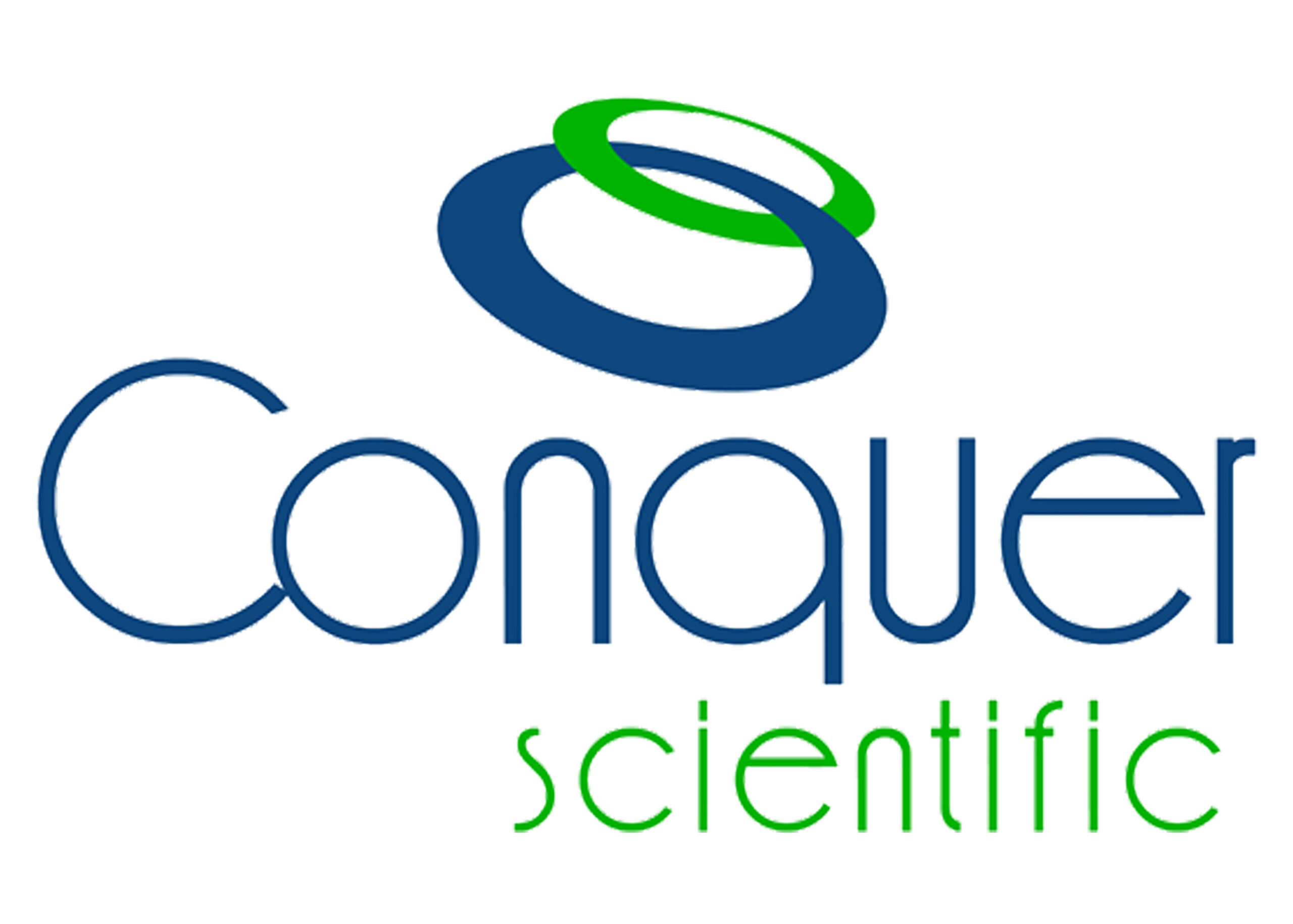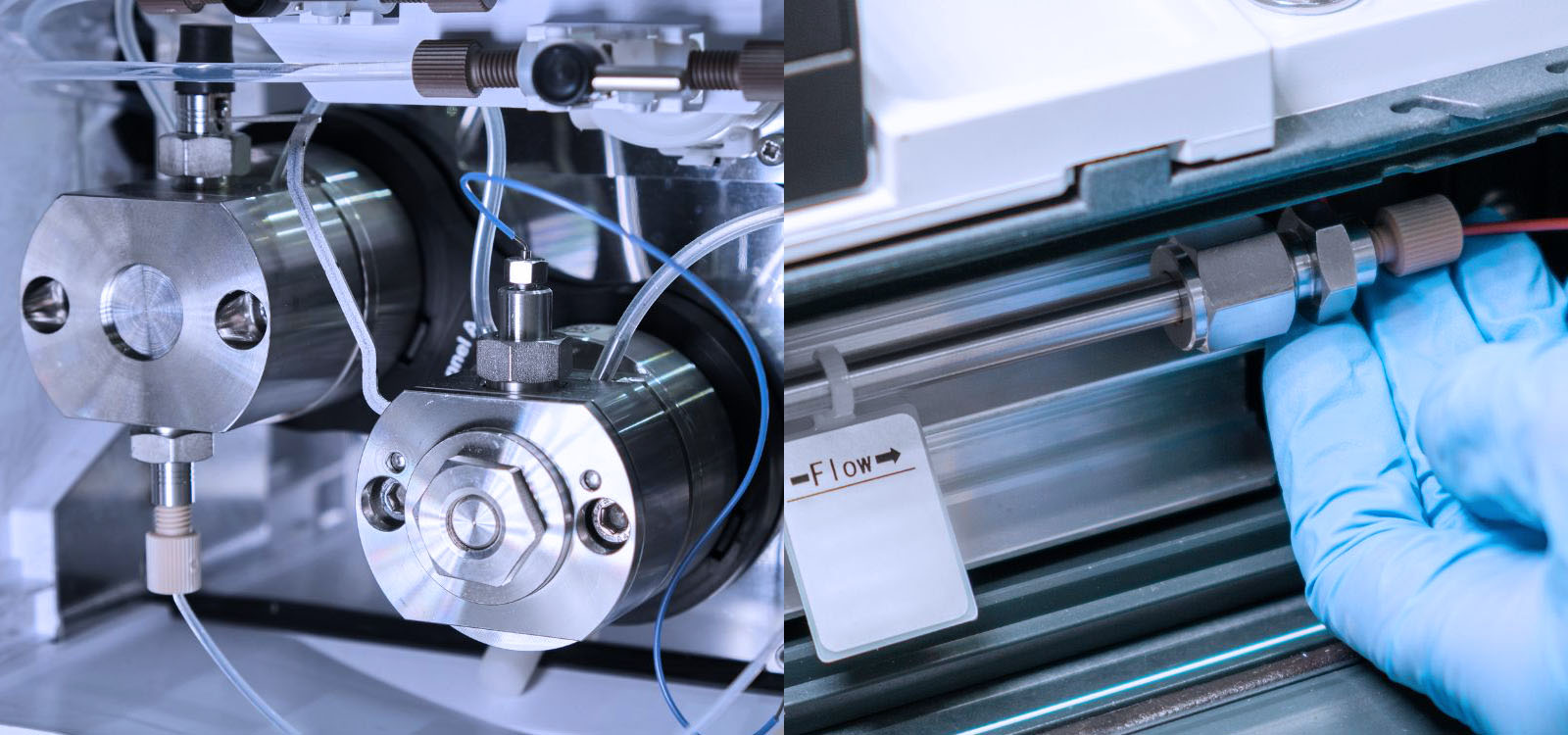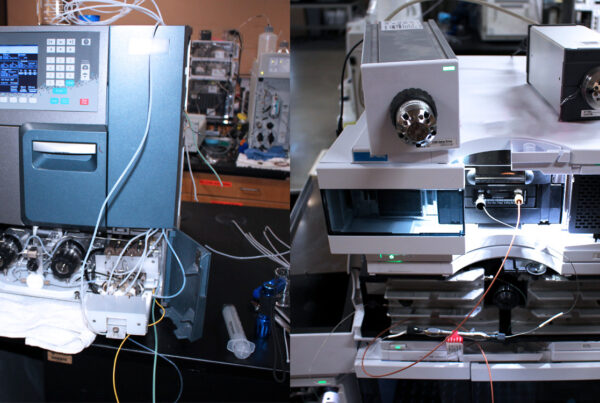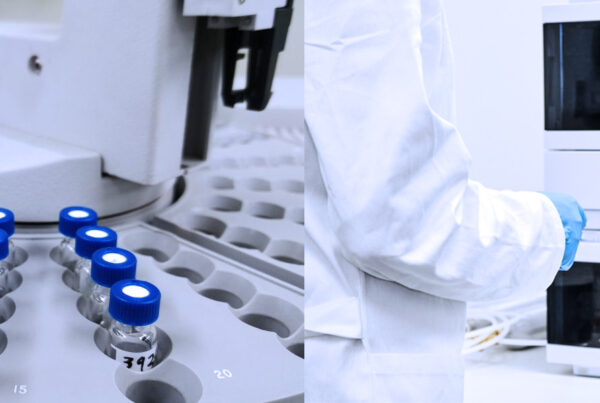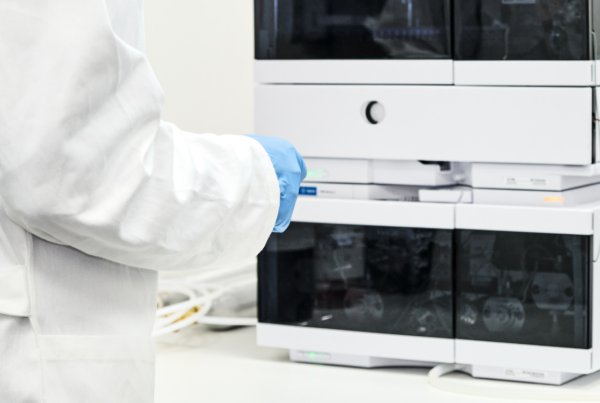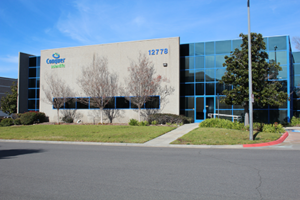High-performance liquid chromatography (HPLC) is a powerful technique used across numerous industries—from pharmaceuticals to environmental analysis—for the precise separation, identification, and quantification of compounds. While many elements contribute to the efficiency of these systems, the detector plays an essential role in the quality of data generated. Choosing the right detector can mean the difference between reliable, accurate results and costly analytical errors.
At Conquer Scientific, we understand the importance of pairing your HPLC with a compatible detector to meet your lab’s needs. As a trusted global reseller, we offer a diverse selection of high-quality used and refurbished detectors and HPLC systems, ensuring labs worldwide can achieve superior performance and accuracy without the high cost of new equipment.
Why Detector Choice Matters
When it comes to Liquid Chromatography, different types of detectors are available to accommodate a variety of analytical needs. Each type has its strengths and limitations, impacting how efficiently a system detects and quantifies analytes. The right choice depends on your application, sample type, sensitivity requirements, and budget. Below are some common detector types and why they matter:
UV-Vis Detectors: UV-Vis detectors are widely used in chromatography due to their compatibility with compounds that contain chromophores, which absorb ultraviolet or visible light. Known for their high sensitivity and precision, they are ideal for quantitative and qualitative analysis of UV-active compounds. However, they are limited in detecting compounds that lack chromophores, reducing their versatility for certain analytical applications. Common types include variable wavelength detectors (VWD), photodiode array detectors (PDA), and diode array detectors (DAD), each providing unique capabilities for precise, multi-wavelength detection.
Fluorescence Detectors: Known for their high sensitivity, fluorescence detectors are particularly useful for detecting compounds at low concentrations. However, they require analytes that are either inherently fluorescent or that can be derivatized to become so. This makes fluorescence detectors ideal for specific applications, such as detecting trace amounts of environmental pollutants or biochemical compounds.
Mass Spectrometry Detectors (MS): MS detectors provide detailed molecular information, allowing for compound identification and quantitation with high sensitivity. They’re ideal for complex samples and are often used in pharmaceutical, forensic, and environmental applications. While MS detectors offer incredible data precision, they require more extensive maintenance and are typically more costly.
Refractive Index (RI) Detectors: RI detectors are useful for analytes that lack chromophores or fluorescence. However, they are generally less sensitive and not suitable for gradient methods. This makes them ideal for simple analyses like sugar or polymer quantification, where UV or MS detection might be less applicable.
Conductivity Detectors: Often used in ion chromatography (IC), conductivity detectors help detect ionic compounds in environmental and food analysis. They offer high sensitivity for ion detection, allowing for accurate identification of ions at low concentrations.
The Impact of Choosing the Wrong Detector
A poorly matched detector can lead to suboptimal results, either through lack of sensitivity, low resolution, or the inability to detect your target analytes altogether. Not only can this cause data inaccuracies, but it can also increase maintenance costs and reduce system lifespan. An ill-suited detector may also require more frequent calibrations and troubleshooting, impacting your lab’s productivity.
